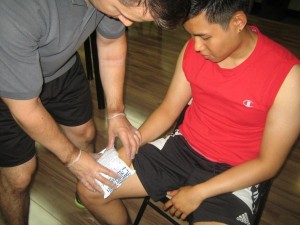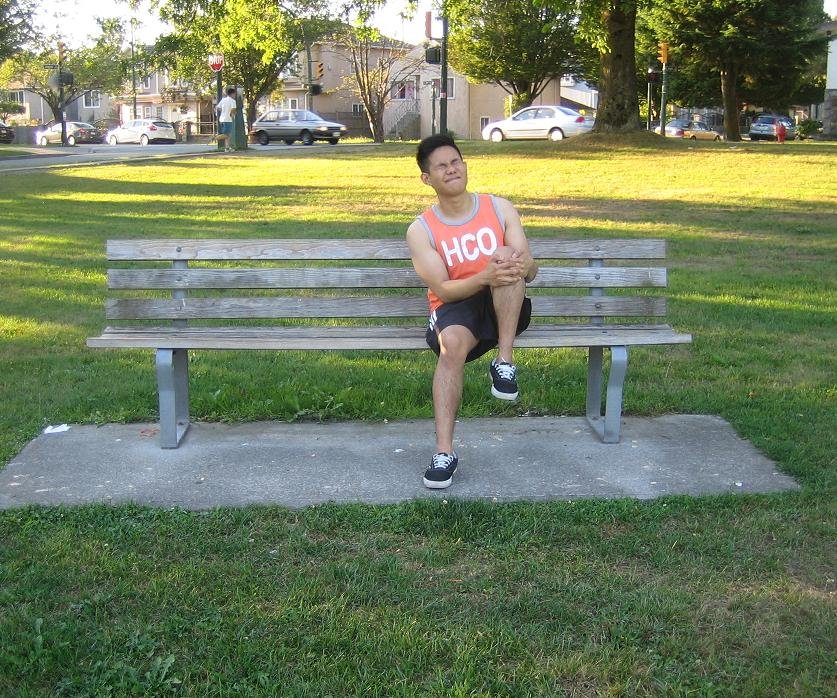Hyperextended knee develops once the knee is drawn-out more than the usual span of extension. It is a form of injury to the knee that occurs when there is excessive pressure or force on the knee to bend backwards.
It is a painful condition and causes damage to the cartilage of the knee, ligaments and menisci as well as increases the risk of developing arthritis later on. This condition can affect both children and adults. Children who have bones that are still soft and growing often end up with a minor break in the bone caused by extensive stretching of the ligament or tendon when knee is overly extended.
Hyperextended knee can be severe or mild and can be treated with adequate rest and physical therapy. In most cases, it usually takes 3-4 weeks to heal.
Causes

- Hyperextended knee can occur when the legs bear the weight of body such as standing with the legs extended.
- An improper landing from a high jump can add pressure on the knee to bend backwards which typically occurs among players of volleyball, basketball and gymnastics.
- Suddenly falling in a pothole while running or walking.
Symptoms
- A popping sound in the knee joint
- A feeling that the joint dislocates
- Pain at the back of the knee along with swelling which can be mild or intense that develops a few hours after
- The knee is unstable and there is difficulty in positioning the knee especially while running or playing.
- Misalignment of the legs where the leg curves backwards.
Treatment and home remedies of hyperextended knee
- Immediately after the injury, avoid putting weight on the affected knee by using crutches or support from other people to a safe place and then rest the incapacitated limb. Refrain from sports or engaging in activities that can make the condition worse.
- Elevate the legs at least at the level of the heart when lying down since this helps in minimizing the swelling.
- Wear compression bandages around the affected knee in order to help minimize the pain and swelling.
- Apply an ice pack over the affected area to help minimize the pain and swelling. Do not forget to take the prescribed medications to lessen the swelling and pain as well.
- Seek the help of a physical therapist in order to improve the strength of joint of the knee as well as the range of motion.
Other remedies
- Ride a stationary exercise bike. This helps in improving the strength of the leg muscle and flexibility. Start the exercise for a few minutes without any tension and then gradually increase the tension level and duration.
- Perform isometrics while sitting or lying down by tightening each of the different muscle groups of the leg, buttocks, thigh muscles, calves and hamstrings. Hold each group at least for 5 seconds and then relax. Performing isometric exercises helps in developing the strength of the muscle. In addition, the individual can also perform other exercises for stretching and flexibility.
FACT CHECK
https://www.medicalnewstoday.com/articles/320454.php
https://www.healthline.com/health/fitness-exercise/hyperextended-knee
https://www.sports-health.com/sports-injuries/knee-injuries/understanding-knee-hyperextension
